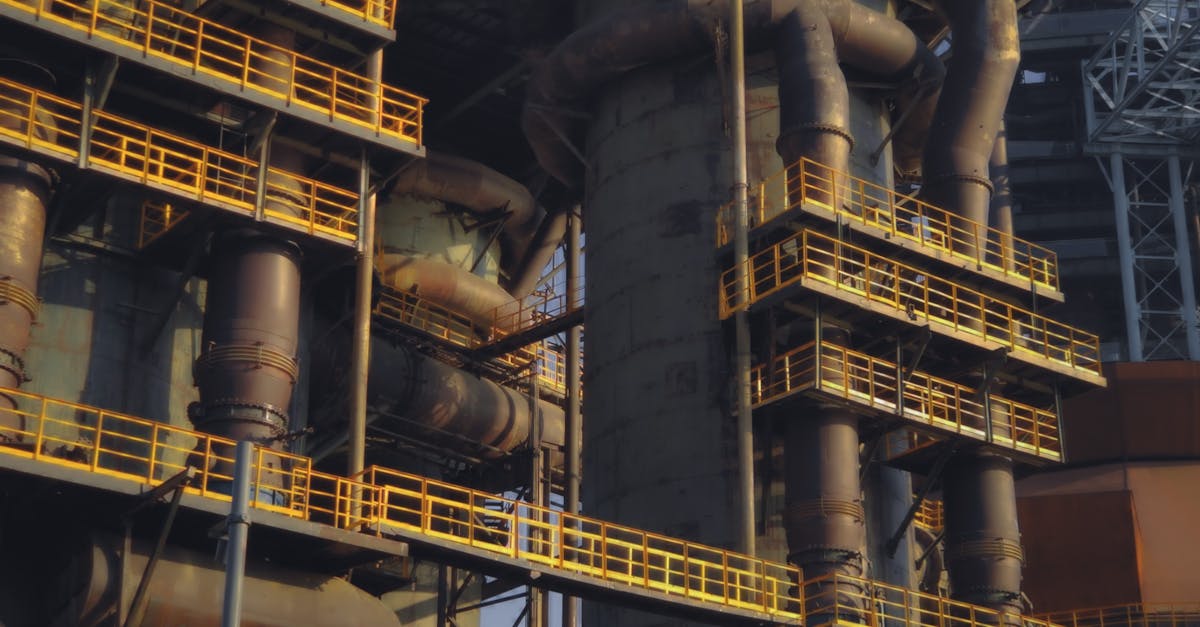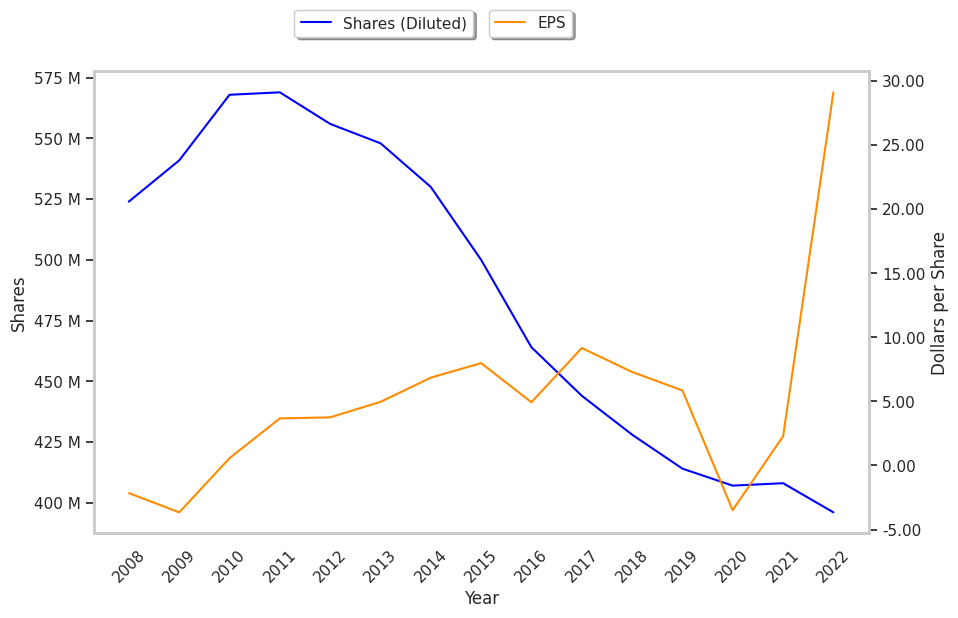Standing out among the Street's worst performers today is Valero Energy, a oil & gas integrated company whose shares slumped -3.7% to a price of $141.71, 7.74% below its average analyst target price of $153.6.
The average analyst rating for the stock is buy. VLO underperformed the S&P 500 index by -4.0% during today's afternoon session, but outpaced it by 14.0% over the last year with a return of 35.0%.
Valero Energy Corporation manufactures, markets, and sells transportation fuels and petrochemical products in the United States, Canada, the United Kingdom, Ireland, Latin America, and internationally. The company is an energy company. As investments, energy companies may display higher than average volatility because the price and availability of basic materials needed for production is dependent on geopolitical events. The shift towards renewable forms of energy may lessen this dependency, but is far from complete and may involve new risks of its own.
Valero Energy's trailing 12 month P/E ratio is 5.1, based on its trailing EPS of $27.96. The company has a forward P/E ratio of 9.5 according to its forward EPS of $14.9 -- which is an estimate of what its earnings will look like in the next quarter. The P/E ratio is the company's share price divided by its earnings per share. In other words, it represents how much investors are willing to spend for each dollar of the company's earnings (revenues minus the cost of goods sold, taxes, and overhead). As of the first quarter of 2023, the energy sector has an average P/E ratio of 7.54, and the average for the S&P 500 is 15.97.
One limitation P/E ratios is that they don't tell us to what extent future growth expectations are priced into Valero Energy market valuation. For example, a company with a low P/E ratio may not actually be a good value if it has little growth potential. On the other hand, it's possible for companies with high P/E ratios to be fairly valued in terms of their growth expectations.
Dividing Valero Energy's P/E ratio by its projected 5 year earnings growth rate gives us its Price to Earnings Growth (PEG) ratio of -0.28. Since it's negative, either the company's current P/E ratio or its growth rate is negative -- neither of which is a good sign.
To understand a company's long term business prospects, we must consider its gross profit margins, which is the ratio of its gross profits to its revenues. A wider gross profit margin indicates that a company may have a competitive advantage, as it is free to keep its product prices high relative to their cost. After looking at its annual reports, we obtained the following information on VLO's margins:
| Date Reported | Revenue ($ k) | Cost of Revenue ($ k) | Gross Margins (%) | YoY Growth (%) |
|---|---|---|---|---|
| 2023-02-23 | 176,383,000 | -159,587,000 | 10 | 233.33 |
| 2022-02-22 | 113,977,000 | -110,848,000 | 3 | 400.0 |
| 2021-02-23 | 64,912,000 | -65,652,000 | -1 | -125.0 |
| 2020-02-26 | 108,324,000 | -103,546,000 | 4 | -20.0 |
| 2019-02-28 | 117,033,000 | -111,439,000 | 5 | 0.0 |
| 2018-02-28 | 93,980,000 | -89,475,000 | 5 |
- Average gross margin: 4.3 %
- Average gross margin growth rate: -0.8 %
- Coefficient of variability (higher numbers indicating more instability): 82.1 %
We can see from the above that Valero Energy business is not strong and its stock is likely not suitable for conservative investors.
To deepen our understanding of the company's finances, we should study the effect of its depreciation and capital expenditures on the company's bottom line. We can see the effect of these additional factors in Valero Energy's free cash flow, which was $13.33 Billion as of its most recent annual report. The balance of cash flows represents the capital that is available for re-investment in the business, or for payouts to equity investors as dividends. The company's average cash flow over the last 4 years has been $6.94 Billion and they've been growing at an average rate of 0.0%. VLO's weak free cash flow trend shows that it might not be able to sustain its dividend payments, which over the last 12 months has yielded 2.7% to investors. Cutting the dividend can compound a company's problems by causing investors to sell their shares, which further pushes down its stock price.
Another valuation metric for analyzing a stock is its Price to Book (P/B) Ratio, which consists in its share price divided by its book value per share. The book value refers to the present liquidation value of the company, as if it sold all of its assets and paid off all debts). Valero energy's P/B ratio is 1.94 -- in other words, the market value of the company exceeds its book value by a factor of more than 1, so the company's assets may be overvalued compared to the average P/B ratio of the Energy sector, which stands at 1.68 as of the first quarter of 2023.
Valero Energy is likely fairly valued at today's prices because it has a very low P/E ratio, an average P/B ratio, and irregular cash flows with a flat trend. The stock has strong growth indicators because of its weak operating margins with a positive growth rate, and a PEG ratio of less than 1. We hope this preliminary analysis will encourage you to do your own research into VLO's fundamental values -- especially their trends over the last few years, which provide the clearest picture of the company's valuation.



